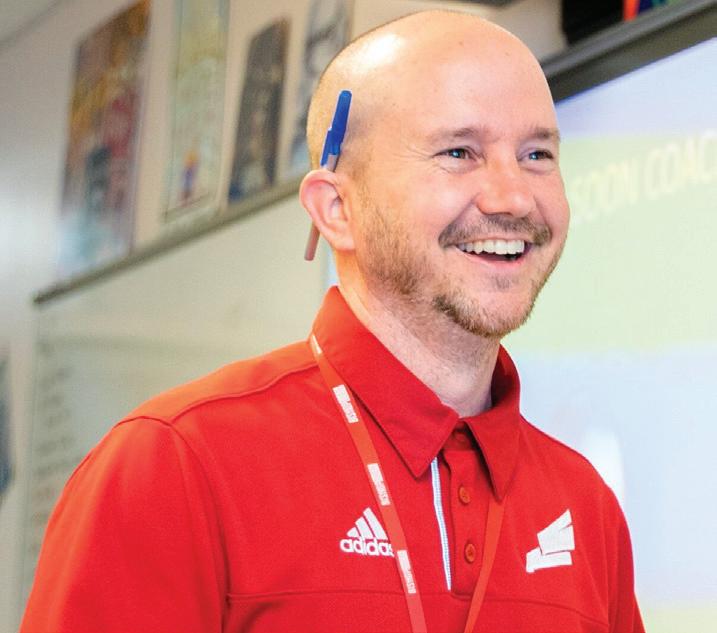
1 minute read
Collegiate Institute and College Ready Academy
Collegiate Institute at Bishop Dunne
Bishop Dunne is excited to introduce the Collegiate Institute at Bishop Dunne Catholic School.
Orchestrated by Dr. Elizabeth Hudson, Director of Guidance and Counseling, students can eliminate thousands of dollars in college tuition costs by earning college credit hours while in high school. The program works in conjunction with the Dallas County Community College District (DCCCD) to provide qualified applicants a unique academic experience. The Collegiate Institute first-generation college students at Bishop Dunne Catholic School is modeled after the University Leadership Network at the University of Texas is designed to satisfy credit requirements for high school graduation while the student concurrently earns an Associate Degree of Science from DCCCD. This is offered at no additional tuition cost to the student.
The Collegiate Institute features a college curriculum, taught on campus. Maintaining class in the high school environment means students can continue to participate in extracurricular activities while achieving dual diplomas.
Collegiate Institute students are grouped at Austin. The College Ready Academy is a two-year program designed to improve the college graduation rate for students who will be first-generation college students. as cohorts to foster an accelerated learning environment. The cohort model also provides support to develop academic and social skills as well as behaviors necessary to complete college.
The four-year program is available to qualified Bishop Dunne students entering the ninth grade and who are accepted to the Collegiate Institute. This unique opportunity exemplifies the many ways Bishop Dunne encourages and helps its students to
College Ready Academy
The College Ready Academy for soar towards higher academic excellence.
College Ready Academy includes monthly sessions for students, parent engagement meetings, service-learning, financial literacy, and academic requirements to build college retention protective factors.










